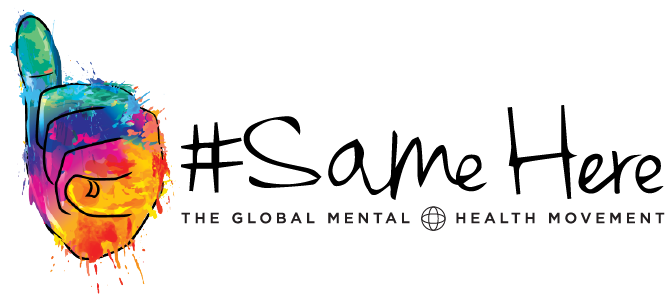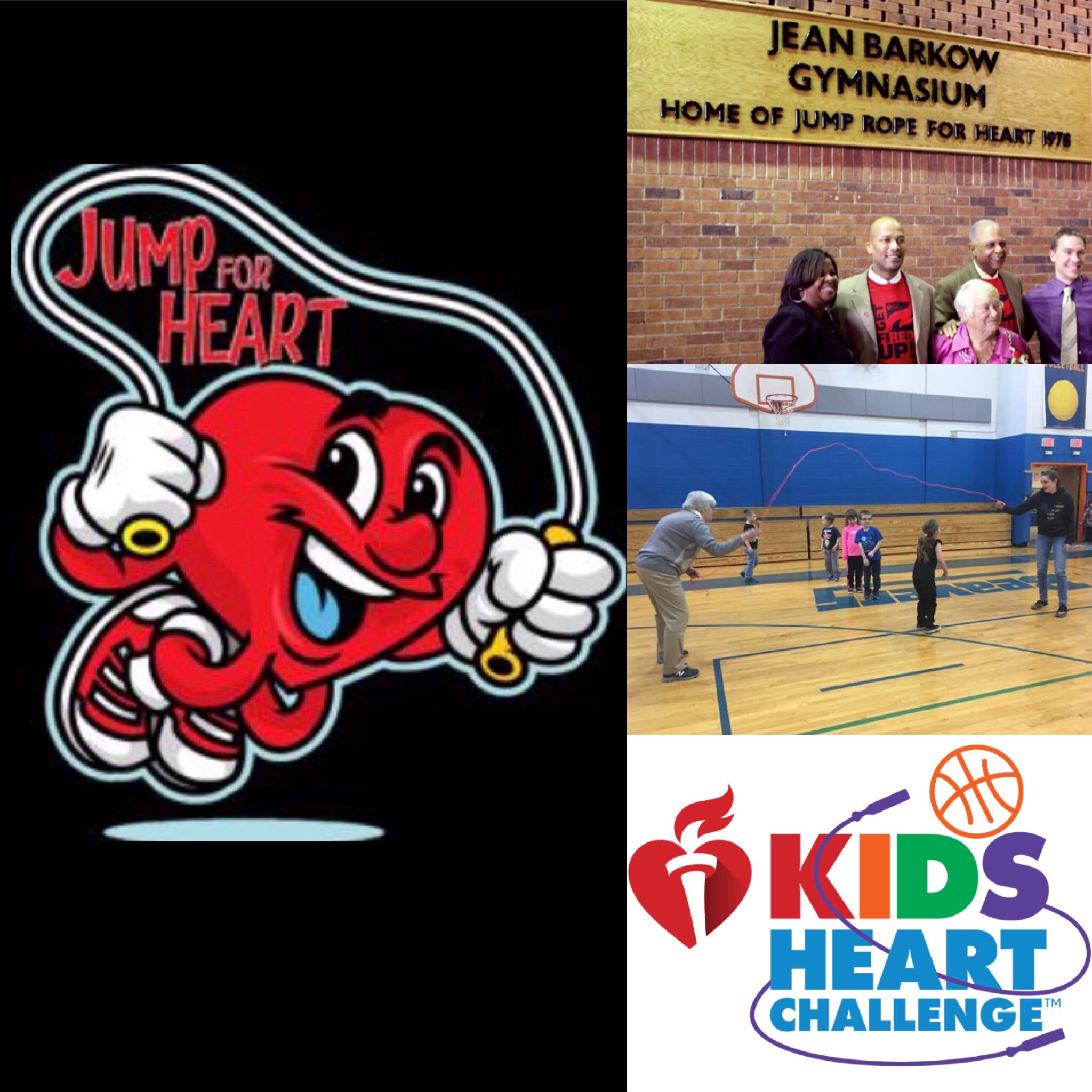It’s been 31 yrs since I’ve participated in “Jump Rope For Heart”…but I remember the name, & some of my best memories from elementary school gym class can be attributed to that program.
If you see in the pic on the top right, the program has been around since 1978! There’s been no need to change it (other than to add other cardio options besides just jumping rope). 28,000 schools in America participate in it, & over its run, it has generated $1.2 Billion dollars for the American Heart Association.
So, why has it been so successful, lasted so long, & got so many involved, while we still have a multitude of mental health programs & campaigns that aren’t nearly as successful? Maybe I’m the bad guy for calling this stuff out, but it just seems like so much of what we CAN learn from other programs, we are not putting into action.
1. The Heart campaign tells you what TO DO, & what you’re doing it FOR. You’re simply asked to jump rope, for your heart health. Compare that to campaigns like “Talk” or “Let’s Talk” or “Hockey Talks” or even “Talk MH.” When campaigns & websites & curriculum have only spoken to 1/5 ppl in the past, & only about disorder labels & symptoms, what exactly do you think 4/5 ppl think we are asking them to talk about? They think it’s the 1/5 & how we shouldn’t be mean & stigmatize “them.” We should be open talking about “their” disorders.
The AHA equivalent would have been to have a campaign called “Jump” or “Jump Rope,” alone. Think about how less effective that would be
2) The campaigns are tied to what’s taught in school – heart health. And in school we didn’t just learn about “heart disease when you get older.” We learned how important a healthy heart is for sports, for feeling our best, for managing our weight. Bottom line, we learned as kids what it could do for us NOW, before disorder, if we were – proactive. Bc of that you see 8 yr olds up through grandparents (see the pics) participating/donating, together.
What we do w MH now, would be the equivalent of the AHA asking kids in school, after almost no course work on heart health, to fundraiser for “the older generation w heart disease.” While so important, do you think they’d get the #s mentioned above w the focus on those w disorder, alone?
3) The imagery includes kid-friendly designs & welcoming messages. You have cartoon hearts jumping rope, sweating, smiling as they are helping others, as they are getting their heart rates up. There are bright colors & fun logos.
Compare this to the imagery of what is used in MH. We see images of 5 generic looking figures, with four grayed-out & one in green color (showing the one that is “effected”). We talk about “stigma,” a word that most young kids don’t know the definition of. That “stigma” has the diagonal line over it, kinda like the “no smoking sign”…something that kids associate with bad things & turn away from.
It’s time we started focusing on campaigns that are engaging, that are fun, that are inclusive of everyone, that start getting us thinking proactively, & most importantly – that start getting us to know the WHAT we are asking ppl to talk about – & that’s the fact that we ALL have a story. Whether trauma, genetic predisposition, physical accidents – we are all part of the same group. THAT is what we need to talk about…that & what practices we are doing to be proactive for our mental health.
But we can’t talk about IT until we acknowledge what IT is. So with that, I’ll personally say #SameHere I’ve been through challenges as well.


